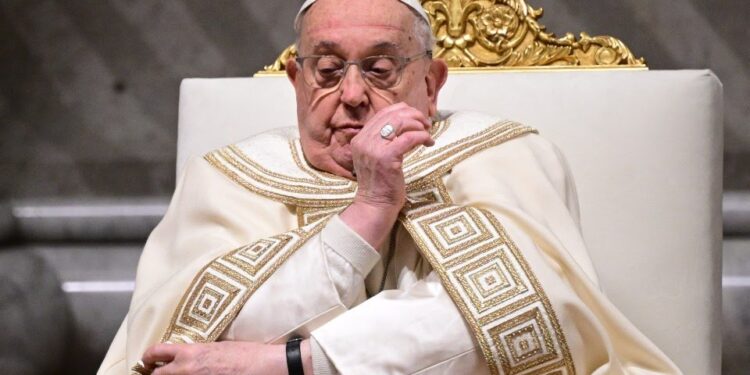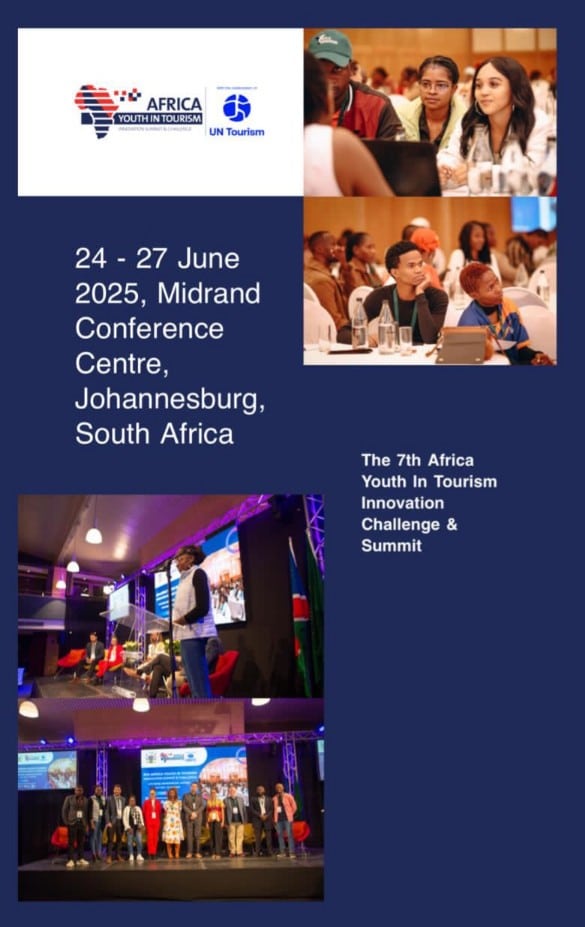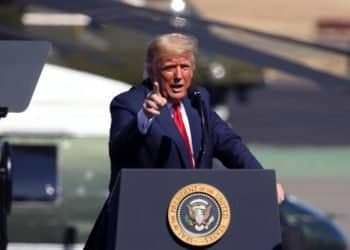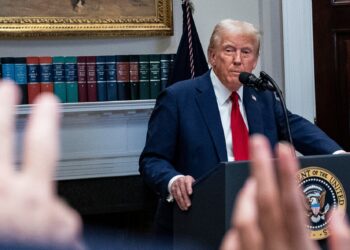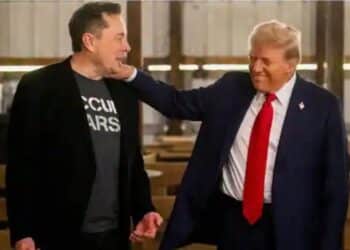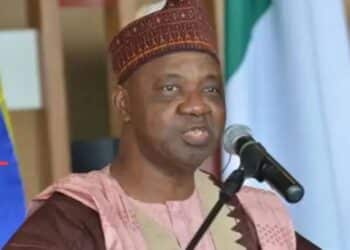With Pope Francis remaining in a critical condition in hospital, millions of Catholics are praying that he will recover.
The Vatican offered hope today by saying there has been a ‘slight improvement’ in the condition of the Pontiff, who was admitted on Valentine’s Day with an infection that developed into pneumonia in both lungs.
But the plight of the Argentine has prompted discussion about what will happen when the worst news does come.
DailyMail reports that after the death of a pope, their funeral will take place a maximum of six days later, during which time their body lies in state in St Peter’s Basilica.
The Conclave—where cardinals gather in the Sistine Chapel at the Vatican to choose a successor—will not happen for at least 15 days from the day the pope passes.
The Vatican Chamberlain, currently Cardinal Kevin Farrell, will first certify officially that the Pope is dead by calling his name three times at his bedside.
The Pope’s office and private apartments will be sealed, and the papal fisherman’s ring will be removed from his finger and broken with a hammer.
The Pope’s body will then be dressed in red robes with a white mitre on his head, and he will be taken to St Peter’s Basilica to lie in state for three days.
Pope Francis: How his successor will be chosen
The College of Cardinals will meet in Rome to choose a successor to Pope Francis I.
The conclave follows precise rules – only cardinals aged under 80 are allowed to vote.
After nine days of official mourning, the ballot will not take place for at least 15 days.
In the interim, a cardinal known as the camerlengo, or chamberlain, becomes interim chief with limited powers.
Who will be voting?
Of the 252 living cardinals, 138 are under 80 and are therefore eligible to vote in the conclave.
Inside the Sistine Chapel
The cardinals are locked inside the chapel without electronic devices or newspapers.
Each cardinal secretly fills in the name of his preferred candidate. In order of seniority, they walk to the altar and place it in an urn.
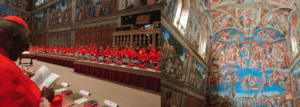
- Ballots are counted: Votes are tallied up by three scrutineers. The ballots and any notes are then burned.
- The voting process: If no one receives the required two-thirds of ballots cast, voting takes place twice each morning and afternoon from the second day. If no pope has been chosen after the third day, a one-day prayer break can be taken. This process repeats after every seven votes.
- The result: A new pope is announced after gaining the support of two-thirds (or two-thirds plus one if the number of cardinals does not divide by three) of the cardinals present.
Smoke signals
Twice a day, smoke emerges from burning the ballot papers—black signals failure. White means a new pope has been chosen.
In contrast to most of his predecessors – Francis revealed in 2023 that he would be buried in the basilica of Santa Maria Maggiore in Rome’s Esquilino neighbourhood, rather than with most of his predecessors in the grottoes beneath St Peter’s.
Only cardinals aged 80 and under – so 138 of 252 currently – can vote in the conclave.
Cardinals will be locked inside the Chapel without access to technology or the outside world until a new pope is chosen by two-thirds majority.
The previous conclave – when Pope Benedict stepped down in 2013 – took just a day, but technically, they can last weeks, months or even years.
In modern times, they have tended to last only a few days. If no new pope has been chosen after around two weeks of balloting, cardinals can opt for a majority vote.
The conclave’s first day begins with the ‘Pro eligendo Romano Pontificie’ Mass for the election of a pope.
Cardinals will gather in the afternoon in the Pauline Chapel of the Apostolic Palace and then file into the Sistine Chapel.
As they do so, they will chant the Litany of Saints and the Latin hymn Veni Creator, which implores the saints and the Holy Spirit to help them decide.
Standing under Michelangelo’s ‘Creation’ and before his ‘Last Judgment,’ each cardinal places his hand on the Gospels and pledges ‘with the greatest fidelity’ never to reveal the details of the conclave.
Maltese Cardinal Prosper Grech delivered a meditation on the qualities needed for the next pope and the challenges ahead for the church.
The master of liturgical celebrations then cries ‘Extra omnes’, Latin for ‘all out.’
Everyone except the cardinals then leaves, and the voting can begin.
Each cardinal writes his choice on a piece of paper inscribed with the words ‘Eligo in summen pontificem,’ (I elect as Supreme Pontiff).
One by one, they approach the altar and say: ‘I call as my witness, Christ the Lord who will be my judge, that my vote is given to the one who, before God, I think should be elected.’
The folded ballot is placed on a round plate and slid into an oval silver and gold urn.
In the past, a single chalice was used to hold the ballots.
But conclave changes made by Pope John Paul II in 1996 required three vessels: one for chapel ballots, another for ailing cardinals at the Vatican who can vote from their beds and the third to hold the ballots after counting.
Outside, in St Peter’s Square, tens of thousands of Catholics will be watching – along with millions more on television worldwide – to see smoke emerging from the chimney of the Sistine Chapel after each voting round.
Black smoke means no decision has been reached, white smoke means a new pope has been selected.
Smoke arises from the burned ballots, and a dye is added to ensure the smoke is the right colour each time.
Once the cardinals have chosen from among their number the master of liturgical ceremonies will enter the Sistine Chapel.
The prospective choice will be asked: ‘Do you accept your canonical election as Supreme Pontiff?’
Assuming they say, ‘I accept’, the cardinal will then be asked by what name they wish to be known.
The new pope will then be given their iconic white cassock, before each cardinal approaches him to swear obedience.
The Pope will then emerge onto the balcony overlooking St Peter’s Square, to address the jubilant faithful for the first time.
Dominique Mamberti, the Cardinal Protodeacon, will precede him. He will announce ‘Habemus Papam’, the Latin for ‘We have a new pope’.
Pope Francis’s chosen burial place is one of the four major papal basilicas. Seven popes, from Honorius III in 1216 to Clement IX in 1669, were buried there.
But most, including Francis’s immediate predecessor, Pope Benedict, are buried beneath St Peter’s.
Pope Francis revealed his decision to be buried elsewhere in 2023.
In a further break with tradition, new rites issued last year stated that Francis would be laid to rest in a single zinc-lined wooden casket.
Pope Francis used to pray at the Basilica of Santa Maria Maggiore before and after trips overseas.
He made more than 100 visits to the fifth-century church, where he would pray in front of a sacred image of the Virgin Mary and baby Jesus.

